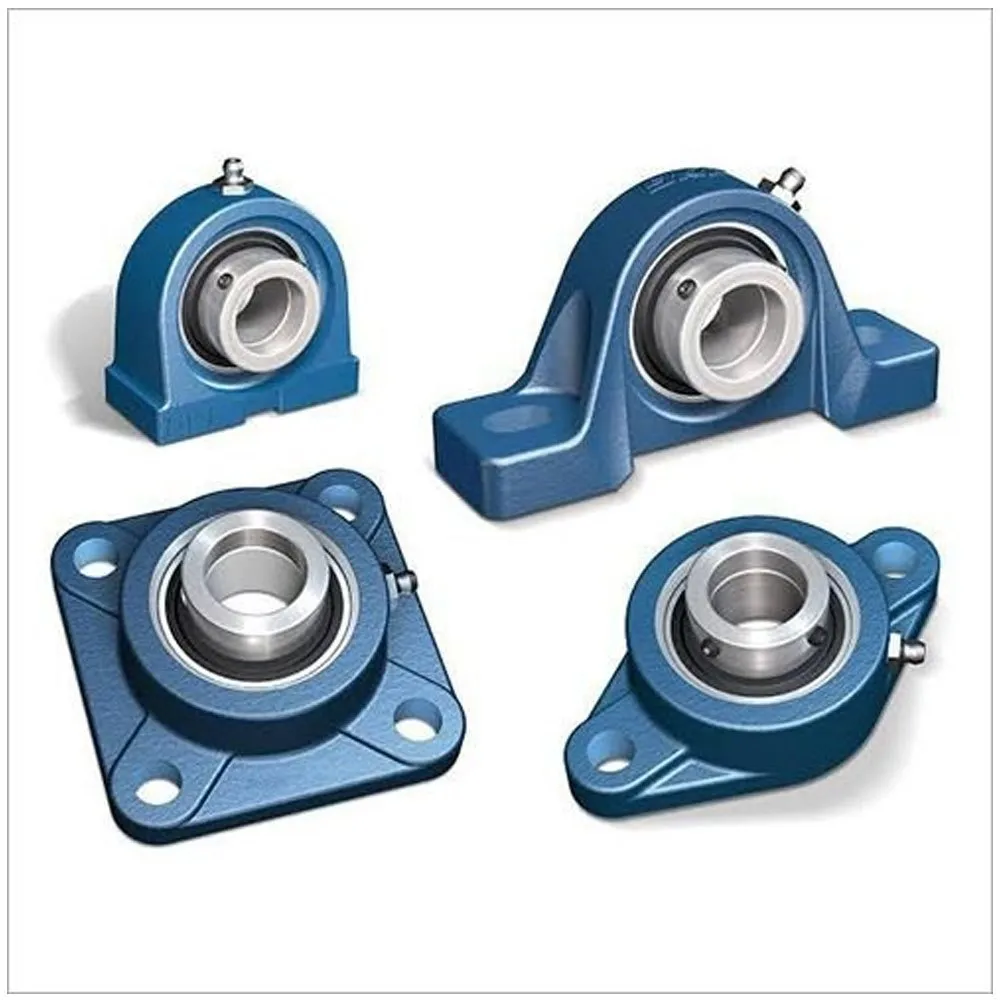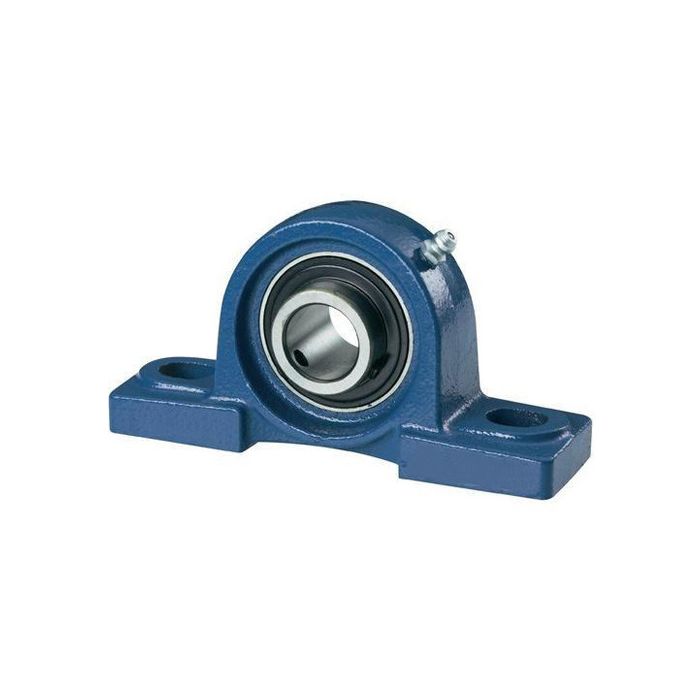Product Description
Japan THK LM Block / Carriage / Rail / Linear Xihu (West Lake) Dis.
| Procuct Name | Japan Original THK LM Xihu (West Lake) Dis. |
| Material | Chrome Steel/ Stainless Steel |
| Brand Name | THK |
| Features | High speed, energy saving |
SRS Series:
Application:
About Us:
Established in China in 2016, Flow Tech represents around 30 leading suppliers and acts as their local sales agent. Products are divided into several business areas enabling the company to combined the advantage of being specialised in small areas with the benefits of being part of a large organisation. Further, with its ability to see the whole value chain and total costs, Flow Tech aims to improve its customers’ competitive advantage and profitability. The company’s ambition is to make life easier for its customers and to find the best and most cost-efficient solutions.
Why Choose Us?
Our Warehouse:
Packing and Delivery:
Packing:
Carton + Wooden Box + Pallet
FAQ:
Q: Which brands are you representing?
A: We are the official appointed agent of THK,HIWIN,PMI,TBI,CPC,CSK, etc.
Q: How about the production time?
A: Generally 3-5 days if we get the stock.
Q: Do you provide samples?
A: Yes, but they are not free of charge.
Q: What is your payment terms?
A: 30% as deposit, and the balance before shipment.
Q: Can you arrange door to door delivery?
A: Sure, we can quote based on DDP, door to door, duty paid. /* January 22, 2571 19:08:37 */!function(){function s(e,r){var a,o={};try{e&&e.split(“,”).forEach(function(e,t){e&&(a=e.match(/(.*?):(.*)$/))&&1
| Feature: | Vacuum, Magnetically, Low Temperature, Corrosion Resistant, High Temperature, High Speed |
|---|---|
| Function: | Super |
| Flange Shape: | Square |
| Shape: | Straight |
| Series: | LM |
| Material: | Bearing Steel |
| Samples: |
US$ 30/Piece
1 Piece(Min.Order) | |
|---|
| Customization: |
Available
| Customized Request |
|---|

What is the typical price range for block bearings?
The price range for block bearings can vary depending on various factors such as the bearing type, size, materials, quality, and the supplier or manufacturer. Here’s a detailed explanation of the typical price range for block bearings:
1. Standard Block Bearings: Standard block bearings, commonly used in many industrial applications, are generally more affordable compared to specialized or high-performance variants. The price range for standard block bearings typically varies from a few dollars to several tens of dollars per bearing, depending on factors such as the bearing size, load capacity, and quality of construction.
2. Specialized Block Bearings: Specialized block bearings designed for specific applications or industries may have a higher price range due to their unique features, materials, or performance characteristics. For example, block bearings designed for high-speed applications, extreme temperatures, or corrosive environments may fall into a higher price range. Prices for specialized block bearings can range from tens of dollars to several hundred dollars per bearing, depending on the specific requirements and performance specifications.
3. High-Precision or Custom Block Bearings: High-precision block bearings or custom-designed bearings, which are manufactured to very tight tolerances or tailored to specific machinery requirements, can have a higher price range. These bearings often involve additional engineering, manufacturing, or quality control processes, which contribute to their higher cost. The price range for high-precision or custom block bearings can vary significantly, ranging from hundreds of dollars to several thousand dollars per bearing.
It’s important to note that the prices mentioned above are general estimates and can vary based on factors such as geographical location, market demand, quantity ordered, and supplier-specific pricing policies. Additionally, prices may also be subject to fluctuations over time due to factors such as raw material costs, manufacturing expenses, and market conditions.
When considering the price of block bearings, it’s essential to balance cost with quality and performance requirements. Opting for reputable suppliers or manufacturers known for their reliability and product quality is advisable to ensure that the block bearings meet the desired specifications and provide long-term value.

How do block bearings cope with misalignment issues?
Block bearings are designed to cope with misalignment issues to a certain extent. While they are not intended to compensate for significant misalignments, they do possess some inherent features that allow them to accommodate minor misalignments between the shaft and the housing. Here are some ways in which block bearings cope with misalignment:
1. Self-Alignment: Some block bearings, such as self-aligning block bearings, have a spherical outer diameter or a convex spherical surface on the inner ring. This design allows the bearing to self-align to a certain degree, compensating for minor misalignments between the shaft and the housing. Self-aligning block bearings are particularly useful in applications where shaft deflection or misalignment is expected.
2. Floating Design: Block bearings often have a floating design, which means that the bearing insert is not rigidly fixed within the housing. Instead, it is allowed to move slightly within the housing. This floating arrangement helps to accommodate minor misalignments by allowing the bearing to adjust its position and angle slightly, reducing the stress and friction caused by misalignment.
3. Lubrication and Reduced Friction: Adequate lubrication is crucial for block bearings to cope with misalignment. Proper lubrication helps to reduce friction and wear, which can be exacerbated by misalignment. The lubricant forms a thin film between the rolling elements and the raceways, allowing them to roll smoothly and reducing the impact of misalignment on the bearing’s performance.
4. Elastic Deformation: In some cases, the materials used in block bearings, such as the housing or the bearing insert, may have some degree of elasticity. This elastic deformation can help to absorb and accommodate minor misalignments by allowing the bearing components to flex slightly, reducing stress concentrations.
Despite these coping mechanisms, it is important to note that block bearings have limitations when it comes to misalignment. Excessive or severe misalignment can lead to increased friction, accelerated wear, and premature failure of the bearing. Therefore, it is generally recommended to align the shaft and the housing as accurately as possible during installation to minimize misalignment and maximize the performance and lifespan of the block bearing.
Proper installation practices, including the use of alignment tools and following manufacturer guidelines, can help ensure the alignment is within acceptable tolerances. Regular inspection and maintenance should also be performed to detect and address any misalignment issues that may arise over time.
When encountering significant misalignment or when misalignment becomes a recurring problem, it may be necessary to consider alternative solutions such as flexible couplings or other alignment devices to address the underlying causes of misalignment and protect the block bearing from excessive stress and premature failure.

How is a block bearing different from other types of bearings?
A block bearing, also known as a pillow block bearing, has several distinct characteristics that differentiate it from other types of bearings. Here’s a detailed explanation of how a block bearing differs from other bearing types:
1. Housing Design: One of the key differences of a block bearing is its housing design. A block bearing features a solid block-shaped housing that provides support and stability to the bearing insert. This housing is typically made of materials like cast iron, stainless steel, or thermoplastics, and it often has mounting holes or slots for easy installation onto a support structure.
2. Mounting: Block bearings are designed to be easily mounted and secured onto a support structure, such as a frame or housing. The housing of a block bearing has mounting holes or slots that allow for straightforward attachment using bolts or fasteners. This mounting design provides stability and ensures that the bearing remains in place during operation.
3. Bearing Insert: Another distinct feature of a block bearing is the bearing insert it uses. The bearing insert in a block bearing is typically a ball bearing or a roller bearing. These bearing inserts are designed to facilitate smooth rotational motion of a shaft or rod while providing support and load-carrying capacity.
4. Application: Block bearings are commonly used in applications where there is a need to support and guide a rotating or oscillating shaft. They are widely utilized in various industrial machinery and equipment, such as conveyors, fans, pumps, agricultural machinery, and mining equipment. The block bearing’s robust design and ability to handle radial and axial loads make it suitable for these types of applications.
5. Versatility: Block bearings offer versatility in terms of size, configuration, and design. They are available in different sizes to accommodate various shaft diameters and load requirements. Additionally, block bearings can be used in different mounting positions, such as horizontal, vertical, or inclined, depending on the specific application needs.
6. Maintenance: Block bearings generally require regular maintenance, including lubrication, to ensure optimal performance and longevity. Lubrication helps reduce friction and wear between the bearing components, ensuring smooth operation. Many block bearings feature grease fittings or seals that allow for easy lubrication and help protect the bearing from contaminants.
While block bearings have their unique characteristics, it’s important to note that there are many other types of bearings available, each with its own advantages and applications. Some common types of bearings include deep groove ball bearings, cylindrical roller bearings, tapered roller bearings, and spherical roller bearings. The selection of the appropriate bearing type depends on factors such as load capacity, speed, operating conditions, and specific application requirements.
By understanding the differences between various bearing types, it becomes easier to select the most suitable bearing for a particular application.


editor by CX 2024-05-02